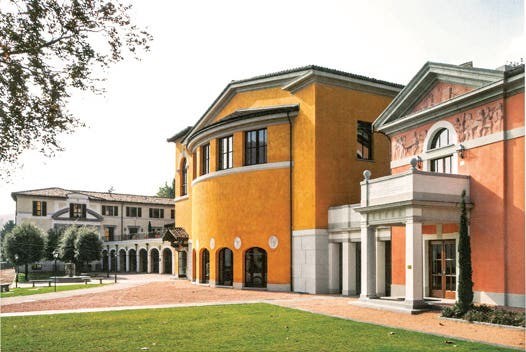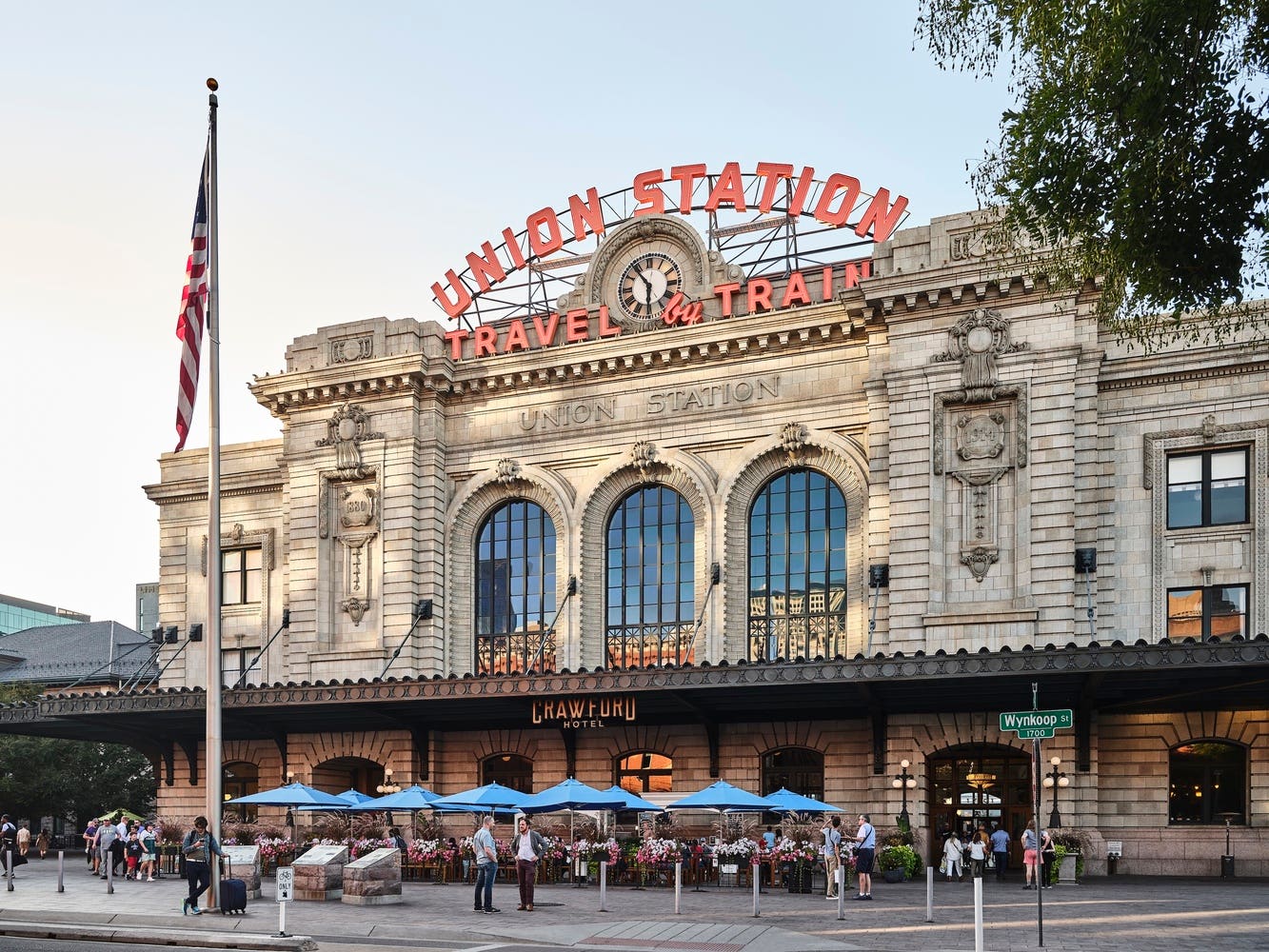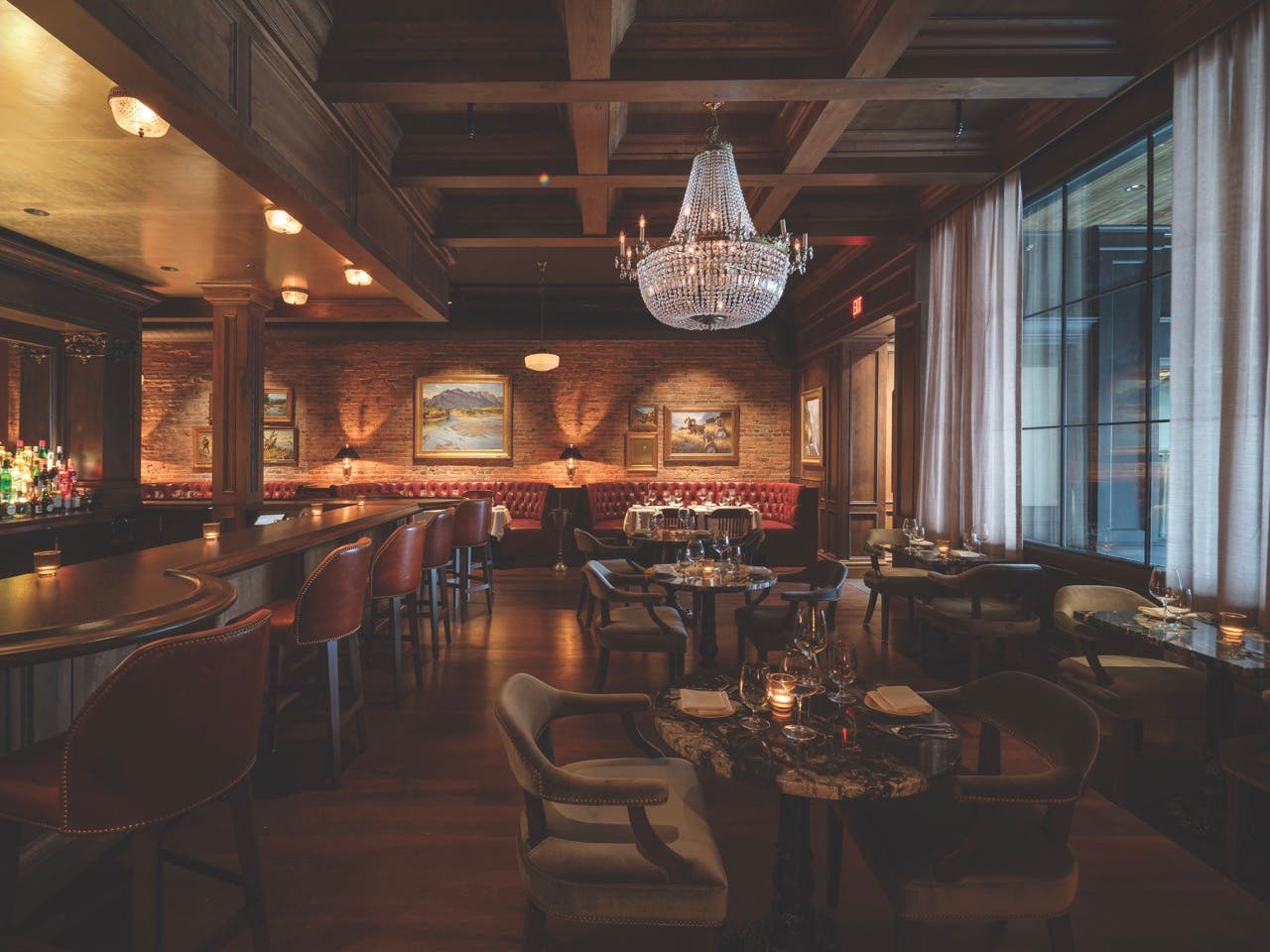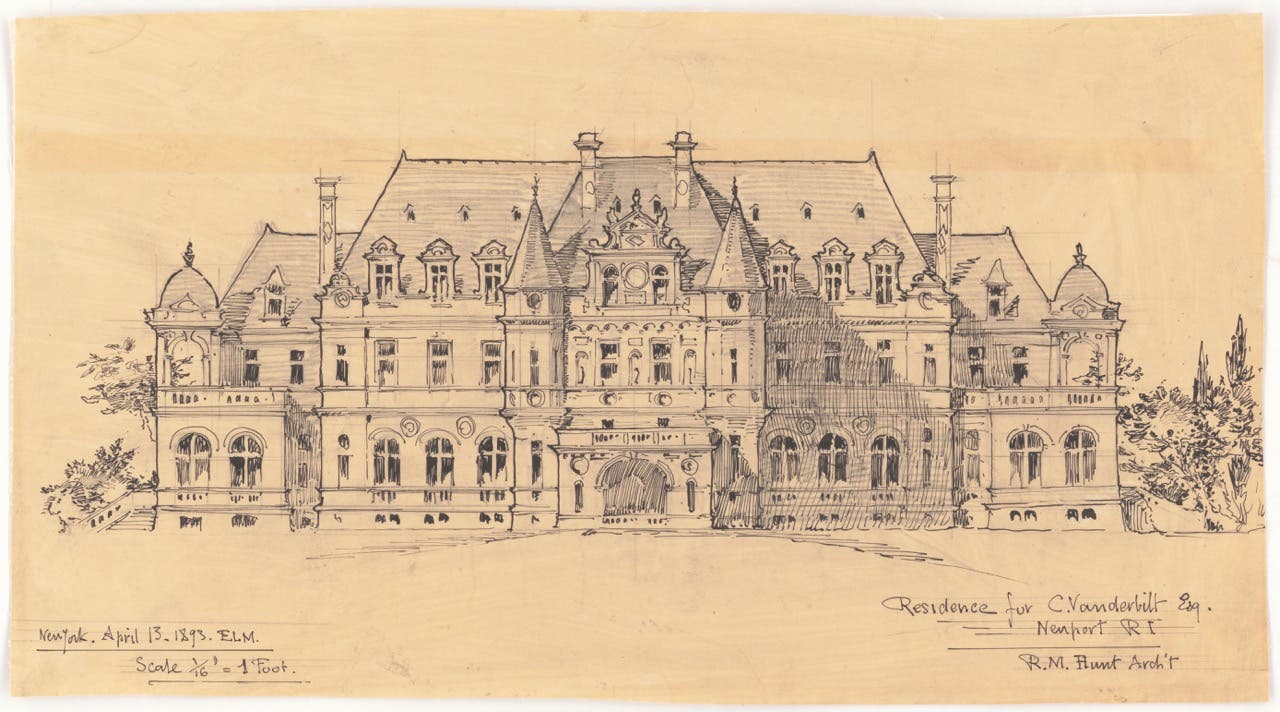
Features
Traditionalism’s Global Thrust: Traditional Architecture Review
By Alireza Sagharchi and Lucien Steil; Foreword by HRH The Prince of Wales; Preface by Leon Krier
Rizzoli International Publications, New York; 320 pp; hardcover; over 350 full-color images; $65
ISBN: 978-0- 8478-4080-9
As an Amazon Associate, we earn from qualifying purchases made through affiliate links.
Rizzoli has provided reassurance for any traditionalist architect who has felt that he or she was a lonely voice crying in a Modernist wilderness. This beautifully produced and lavishly illustrated volume refutes all the pejorative adjectives that Modernist critics gleefully attach to traditional designs and puts traditionalism on an equal theoretical and aesthetic footing with all the other fashionable “-isms” that mesmerize the brains of the world’s taste-makers at any given moment. Although this opus can be viewed as just another coffee-table book, it is really much more than that: It’s a valuable show-and-tell didactic piece that can demonstrate to any wavering client or building committee that modern traditional architecture has come out of the closet and achieved acceptance and respectability on a global scale.
This survey of the world’s contemporary traditionalism consists of two major sections. The first part, which gives the book its persuasive power, consists of nearly 300 pages of sumptuous full-color photographs of 130 projects in 33 countries, ranging from Australia to the U.S.A., and including such other countries such as England, the Netherlands, Spain, Bangladesh, Russia and Tunisia. When viewed as an entire collection, the photos show a breathtaking scope and diversity of traditionalism around the world – inspired by wide-ranging cultural, geographic and climactic variations.
The photos vividly demonstrate the internal contradictions of Modernist ideology, for while preaching an eternal need for creativity and innovation, Modernism has managed to create cities around the world that have a numbing sameness. Shanghai looks like Manhattan on steroids. The authors show convincingly that there is growing push-back against homogenized global Modernism – with its intentional erasure of any historical sense of place.
On average there are 2-3 photos of each project plus a couple of paragraphs of description. The images are intended only to illustrate the traditional architectural character of each project and don’t get down to a granular level, such as drawings showing plans, details or elevations. But that is not a flaw in this context because the intent of this visual survey is to demonstrate the global march of traditionalism.
The book’s second major part consists of several essays that set out the intellectual case for traditionalism. The Prince of Wales notes that the new traditionalism is an essential vehicle for passing on knowledge, skills and cultural continuity – values that hold societies together. Leon Krier makes the case that traditional architecture is not a historical but rather a technological heritage.
The book’s creators, Alireza Sagharchi and Lucien Steil, argue that traditional architects use local typology, technology and architectural elements that inevitably create innovative buildings that enhance and enrich the special character of their locality. Samir Younes, in the book’s principal essay, examines the intellectual lineage of modern traditional architecture and builds the theoretical armature on which the case for traditionalism as a valid contemporary option rests. He nicely epitomizes his case thusly: “Blindly repeating a tradition is an affront to reason. Blindly rejecting a tradition is also an affront to reason.”
Traditional Architecture offers an optimistic vision of a new breed of modern architects working with an awareness of sustainability, local culture and continuity of building crafts. These architects have the depth of understanding to enrich the future while honoring the past.
Clem Labine is the founder of Old House Journal, Traditional Building and Period Homes magazines.
Clem Labine is the founder of Old-House Journal, Clem Labine’s Traditional Building, and Clem Labine’s Period Homes. His interest in preservation stemmed from his purchase and restoration of an 1883 brownstone in the Park Slope section of Brooklyn, NY.
Labine has received numerous awards, including awards from The Preservation League of New York State, the Arthur Ross Award from Classical America and The Harley J. McKee Award from the Association for Preservation Technology (APT). He has also received awards from such organizations as The National Trust for Historic Preservation, The Victorian Society, New York State Historic Preservation Office, The Brooklyn Brownstone Conference, The Municipal Art Society, and the Historic House Association. He was a founding board member of the Institute of Classical Architecture and served in an active capacity on the board until 2005, when he moved to board emeritus status. A chemical engineer from Yale, Labine held a variety of editorial and marketing positions at McGraw-Hill before leaving in 1972 to pursue his interest in preservation.








